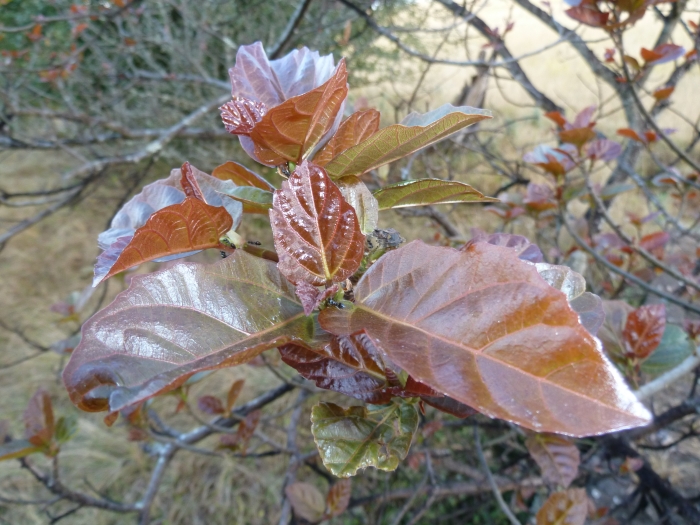Cape Fig
(Ficus sur)
Cape Fig (Ficus sur)
/
/

JMK
CC BY-SA 3.0
Image By:
JMK
Recorded By:
Copyright:
CC BY-SA 3.0
Copyright Notice:
Photo by: JMK | License Type: CC BY-SA 3.0 | License URL: https://creativecommons.org/licenses/by-sa/3.0 | Uploader: JMK | Publisher: Wikimedia Commons | Title: Ficus_sur,_vars_winterblare,_Louwsburg.jpg | Notes: |

































































Estimated Native Range
Summary
Ficus sur, commonly known as Cape Fig, is an evergreen tree that can occasionally behave as a semi-deciduous species in cooler climates. It is native to a variety of habitats including forests, savannahs, and rocky outcrops in Sub-Saharan Africa and Yemen. This species typically reaches a height of 50-100 feet (15-30 meters) with a canopy spread of 16-20 feet (5-6 meters). The Cape Fig has a distinctive growth form with a massive trunk and a wide-spreading crown. Its leaves are dark green and glossy, and it produces small, inedible figs that attract birds and wildlife. Flowering occurs year-round, with the figs hidden within the fleshy receptacles—these are pollinated by specific fig wasps, showcasing a unique mutualism.
The Cape Fig is valued for its shade-providing canopy and its resilience in urban environments, making it suitable for large gardens, parks, and streetscapes. It requires full sun to partial shade and can tolerate a range of soil types, provided they have good drainage. While it prefers regular watering, established trees are fairly drought-tolerant. This species is not commonly available in cultivation outside its native range, and gardeners should be cautious as its aggressive root system can damage foundations and pavements.CC BY-SA 4.0
The Cape Fig is valued for its shade-providing canopy and its resilience in urban environments, making it suitable for large gardens, parks, and streetscapes. It requires full sun to partial shade and can tolerate a range of soil types, provided they have good drainage. While it prefers regular watering, established trees are fairly drought-tolerant. This species is not commonly available in cultivation outside its native range, and gardeners should be cautious as its aggressive root system can damage foundations and pavements.CC BY-SA 4.0
Plant Description
- Plant Type: Tree
- Height: 50-100 feet
- Width: 16-20 feet
- Growth Rate: Moderate
- Flower Color: N/A
- Flowering Season: Spring
- Leaf Retention: Evergreen
Growth Requirements
- Sun: Full Sun
- Water: High, Medium
- Drainage: Medium
Common Uses
Bee Garden, Bird Garden, Drought Tolerant
Natural Habitat
Native to forests, savannahs, and rocky outcrops in Sub-Saharan Africa and Yemen
Other Names
Common Names: Bush Fig, Broom Cluster Fig, Kap-Feige
Scientific Names: , Ficus sur, Ficus capensis, Ficus mallotocarpa, Ficus panifica, Ficus riparia, Ficus lichtensteinii, Ficus guineensis, Ficus clethrophylla, Ficus kondeensis
GBIF Accepted Name: Ficus sur Forssk.